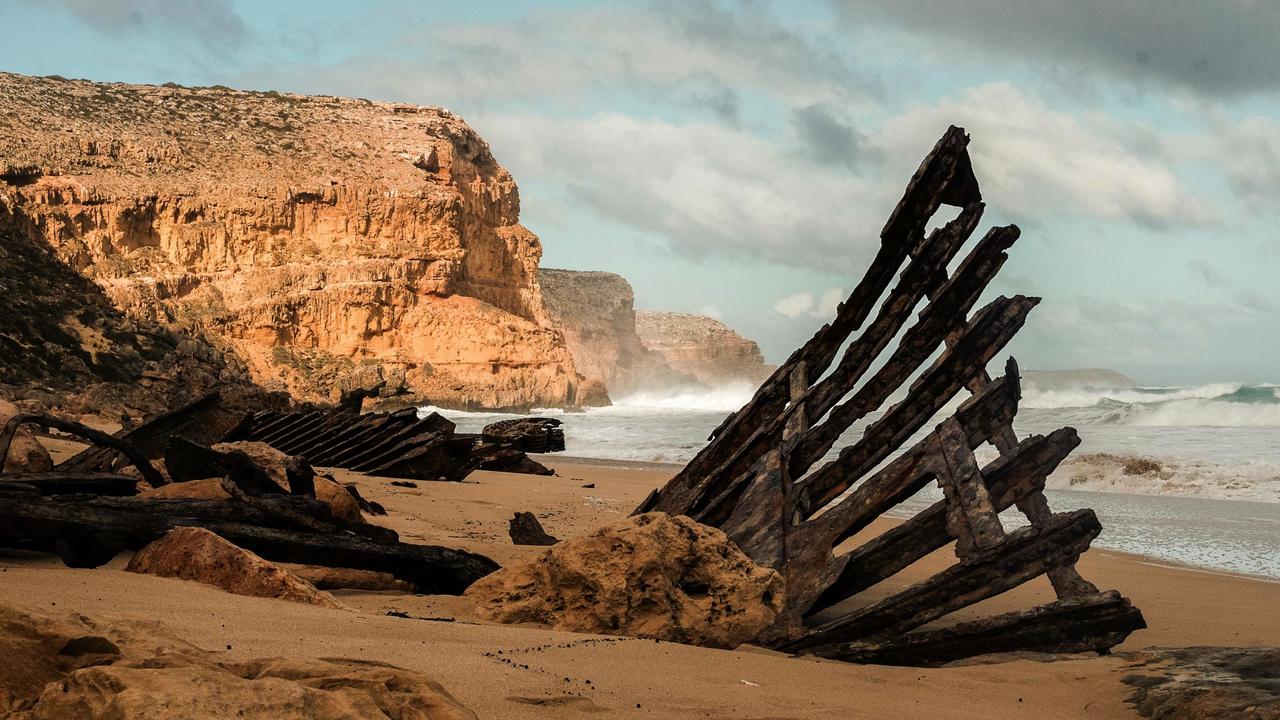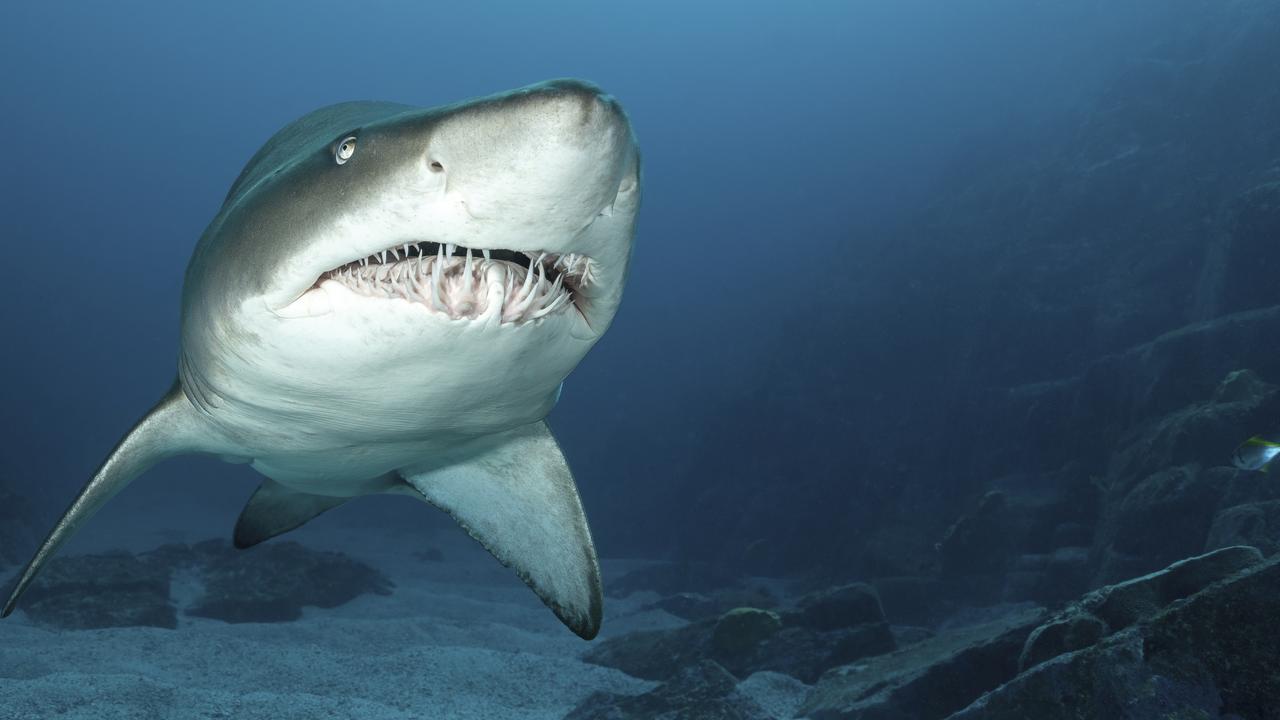In a devastating turn of events, the tranquil waters of Ethel Beach in South Australia’s Innes National Park transformed into the scene of unimaginable tragedy. A teenage boy lost his life in a shark attack that unfolded on a fateful Thursday afternoon, sending shockwaves through the close-knit community and sparking concerns about the safety of beachgoers.
Unthinkable Tragedy at Ethel Beach
Ethel Beach, nestled within the breathtaking expanse of Innes National Park on South Australia’s Yorke Peninsula, has long been a haven for surfers and nature enthusiasts. However, on this particular Thursday at approximately 1:30 pm, the idyllic shores turned into the site of an unthinkable tragedy.
Emergency services swiftly responded to distress calls reporting a shark attack, marking the initiation of a challenging recovery operation. The victim, a teenage boy, had fallen prey to the ruthless jaws of a shark in the very waters that locals and tourists alike had considered a serene escape.
Recovery Efforts Amidst Shock
The arrival of emergency responders at Ethel Beach brought an air of somberness to the otherwise serene landscape. The towering cliffs that framed the popular surf beach now bore witness to the recovery efforts as authorities faced the grim task of retrieving the teenager’s lifeless body from the unforgiving waters.
Local surfer Luke Sykora, a witness to the tragedy, shared his shock and sorrow. Despite encountering sharks over his 22 years in the area, this marked the first fatal attack, leaving the community in mourning. Speaking to ABC News, he expressed, “I wouldn’t wish it upon anyone… to even be at the same beach at the same time. I think the town would be mourning. I think it’s very sad and very tragic and a bit of an eye-opener.”
A Series of Shark Incidents Raises Concerns

The devastating incident at Ethel Beach adds to a series of alarming shark-related events that have plagued South Australian waters in recent months. In October, Tod Gendle, a 55-year-old individual, fell victim to a fatal shark attack at Granites Beach on the state’s West Coast. This tragedy unfolded as the region grappled with the memory of 46-year-old teacher Simon Baccanello, who disappeared without a trace in May while surfing at Walkers Rock Beach, approximately 365 kilometers west of Adelaide.
Police, tasked with investigating and preparing a comprehensive report for the coroner, now face the challenging responsibility of unraveling the circumstances surrounding this heartbreaking incident. The community is left to reflect on the vulnerability of coastal environments, even in areas that are seemingly pristine and familiar.
Nature’s Unpredictable Force
 As the shock of this unfortunate event reverberates through the community, Ethel Beach stands as a poignant reminder of the unpredictable and potent force that nature can wield. The incident serves as a stark reminder that, even in the tranquil settings that draw people to the coast, nature’s power can manifest in ways that demand both respect and caution.
As the shock of this unfortunate event reverberates through the community, Ethel Beach stands as a poignant reminder of the unpredictable and potent force that nature can wield. The incident serves as a stark reminder that, even in the tranquil settings that draw people to the coast, nature’s power can manifest in ways that demand both respect and caution.
The captivating beauty of Ethel Beach, once celebrated for its natural allure, is now juxtaposed with the harsh reality of the circle of life in the ocean. The incident prompts reflection on the delicate balance between human enjoyment of coastal areas and the inherent risks that come with sharing these environments with diverse marine life.
Community Reflection and Support
In the aftermath of this tragic event, the community finds itself reflecting on the need for heightened awareness and safety measures. Authorities may consider reassessing existing protocols and exploring additional measures to enhance beach safety without compromising the natural essence of these coastal treasures.
Local residents, surfers, and beach enthusiasts alike are grappling with a collective sense of loss and vulnerability. Community support networks become crucial in times of tragedy, offering solace to those directly affected and fostering a sense of unity among residents.
Moving Forward: Balancing Conservation and Recreation
 The incident at Ethel Beach also prompts broader considerations about the delicate balance between conservation efforts and recreational activities along Australia’s coastal regions. As authorities review and adapt safety measures, they must navigate the challenge of preserving the rich biodiversity of the marine ecosystem while ensuring the safety of those who seek enjoyment along the shores.
The incident at Ethel Beach also prompts broader considerations about the delicate balance between conservation efforts and recreational activities along Australia’s coastal regions. As authorities review and adapt safety measures, they must navigate the challenge of preserving the rich biodiversity of the marine ecosystem while ensuring the safety of those who seek enjoyment along the shores.
Balancing conservation and recreation involves a nuanced approach that considers the natural behaviors of marine life, the dynamics of local ecosystems, and the diverse needs of the community. This tragic event serves as a catalyst for ongoing conversations about responsible coastal practices and the coexistence of humans and marine life.
Conclusion
 As the community grapples with the aftermath of the shark attack at Ethel Beach, there is a collective acknowledgment of the need for vigilance, respect for nature, and a commitment to fostering a safe environment for all beachgoers. The incident serves as a somber chapter in the history of Ethel Beach, urging both locals and visitors to approach the ocean with a heightened awareness of the coexisting risks and rewards it presents.
As the community grapples with the aftermath of the shark attack at Ethel Beach, there is a collective acknowledgment of the need for vigilance, respect for nature, and a commitment to fostering a safe environment for all beachgoers. The incident serves as a somber chapter in the history of Ethel Beach, urging both locals and visitors to approach the ocean with a heightened awareness of the coexisting risks and rewards it presents.







